MARKET OVERVIEW
The Global AI in Diabetic Retinopathy Market is witnessing unprecedented growth, reshaping the landscape of diagnostic and therapeutic interventions for this prevalent and sight-threatening complication of diabetes. As technology continues to advance, artificial intelligence (AI) is emerging as a transformative force in healthcare, particularly in the domain of diabetic retinopathy (DR), where early detection and timely intervention are critical.
AI applications in diabetic retinopathy are gaining momentum due to their ability to augment traditional diagnostic methods. Image analysis, a cornerstone in the detection of retinal abnormalities, has witnessed a paradigm shift with the incorporation of AI algorithms. These algorithms, trained on vast datasets of retinal images, demonstrate remarkable accuracy in identifying subtle changes indicative of diabetic retinopathy. Consequently, they empower healthcare professionals with more efficient and precise tools for early diagnosis.
One of the notable contributions of AI in diabetic retinopathy lies in its potential to address the challenge of limited access to ophthalmic expertise, especially in resource-constrained regions. Automated screening processes, driven by AI, enable remote and quick assessment of retinal images, offering a scalable solution to bridge the gap in healthcare accessibility. This democratization of expertise has the potential to revolutionize the way diabetic retinopathy is diagnosed and managed globally.
Moreover, AI is not confined to diagnosis alone; it extends its influence on the realm of personalized treatment strategies. Tailoring interventions based on individual patient profiles; AI algorithms enhance the efficacy of therapeutic approaches. This marks a significant departure from conventional one-size-fits-all methodologies, allowing for more precise and targeted treatment plans.
The continuous evolution of AI models also holds promise for prognostic applications in diabetic retinopathy. Predictive analytics, driven by machine learning algorithms, analyzes diverse patient data to forecast the progression of the disease. This foresight equips healthcare providers with valuable information to strategize long-term management plans, optimizing outcomes for patients with diabetic retinopathy.
Collaborations between healthcare providers, technology developers, and regulatory bodies are essential to harness the full potential of AI in the diabetic retinopathy landscape. Addressing concerns related to data privacy, algorithmic transparency, and regulatory compliance is paramount to fostering trust in these innovative technologies.
Global AI in Diabetic Retinopathy market is estimated to reach $647.8 Million by 2031; growing at a CAGR of 30.7% from 2024 to 2031.
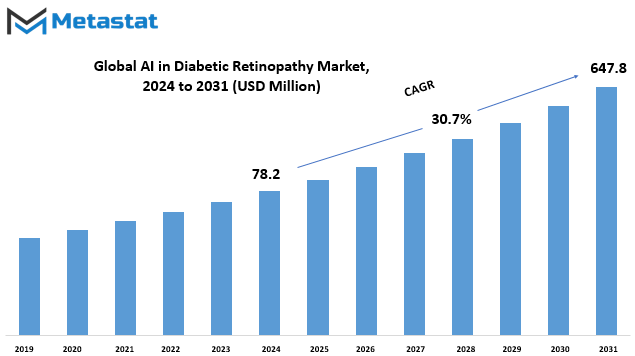
GROWTH FACTORS
The growth of the Global AI in Diabetic Retinopathy market is influenced by several factors, with two prominent drivers being the increasing health consciousness among individuals and the ongoing innovation in ingredients. These elements contribute significantly to the expansion of the market, as people become more aware of the importance of addressing diabetic retinopathy through advanced technological solutions.
In recent times, a rising trend towards health consciousness has been observed worldwide. Individuals are becoming more mindful of their well-being, leading to a heightened interest in technologies that can aid in the early detection and management of diabetic retinopathy. This shift in mindset is a crucial factor propelling the market forward, as the demand for AI solutions to address diabetic retinopathy continues to grow.
Moreover, the continuous innovation in ingredients used in AI technologies plays a pivotal role in the market's development. As researchers and developers explore new and improved components for diabetic retinopathy solutions, the effectiveness of AI in diagnosing and managing the condition improves. This ongoing innovation fosters the market's growth by enhancing the capabilities of AI systems to provide more accurate and efficient results.
Despite these positive drivers, the market faces certain challenges that could impede its growth. Regulatory hurdles pose a significant obstacle, requiring careful navigation to ensure compliance with various guidelines and standards. Additionally, considerations related to taste and palatability may influence the market, as user acceptance is crucial for the widespread adoption of AI solutions for diabetic retinopathy.
Looking ahead, the market is poised to capitalize on emerging opportunities, particularly in the realm of E-Commerce Growth. The digital landscape provides a platform for the convenient distribution and accessibility of AI-based diabetic retinopathy solutions. This avenue holds promise for significant market expansion in the coming years, as online platforms facilitate the seamless integration of these technologies into healthcare practices.
The Global AI in Diabetic Retinopathy market is experiencing growth driven by the increasing global focus on health, coupled with continuous innovations in AI technology. While regulatory challenges and considerations of taste and palatability pose potential hurdles, the market is positioned to leverage opportunities presented by the growing realm of E-Commerce. As the market evolves, these dynamics will shape its trajectory, influencing the adoption and integration of AI solutions for diabetic retinopathy on a broader scale.
MARKET SEGMENTATION
By Type
The global market for Artificial Intelligence (AI) in Diabetic Retinopathy can be categorized into various types, with a more detailed breakdown revealing Screening AI Systems, Diagnostic AI Systems, and Predictive AI Models.
In this dynamic field, the utilization of AI extends across diverse applications, each type catering to specific aspects of Diabetic Retinopathy management. The Screening AI Systems play a pivotal role in the initial identification and examination process. These systems efficiently sift through large datasets of retinal images, swiftly detecting any anomalies that might indicate the presence of diabetic retinopathy.
Moving on, Diagnostic AI Systems delve deeper into the analysis. They scrutinize the identified anomalies with a higher level of precision, aiding healthcare professionals in accurately diagnosing the condition. These systems act as valuable assistants, providing a more detailed and nuanced examination of the retinal images, contributing to the overall diagnostic process.
Additionally, Predictive AI Models play a crucial role in forecasting the progression of diabetic retinopathy. By analyzing historical data and patterns, these models offer insights into the potential course of the disease. This foresight equips healthcare providers with valuable information, enabling them to adopt proactive measures in managing and treating diabetic retinopathy effectively.
The segmentation of the global AI in Diabetic Retinopathy market into Screening AI Systems, Diagnostic AI Systems, and Predictive AI Models reflects a strategic approach to address the multifaceted challenges posed by this condition. It ensures a comprehensive coverage of the diagnostic and predictive aspects, streamlining the application of AI in the healthcare domain for the benefit of both practitioners and patients.
The diverse types within the AI in Diabetic Retinopathy market underscore the versatility of AI applications in healthcare. From initial screenings to in-depth diagnostics and future predictions, the integration of AI demonstrates its potential to enhance the efficiency and effectiveness of managing diabetic retinopathy.
By Application
In the expansive landscape of the global market for Artificial Intelligence (AI) in Diabetic Retinopathy, we find a division based on application segments. These segments serve as crucial touchpoints where the integration of AI technologies addresses specific needs. The four primary areas in focus are Hospitals, Ophthalmology Clinics, Diagnostic Centers, and Research and Development.
Hospitals, as the cornerstone of healthcare, stand as a fundamental application domain for AI in Diabetic Retinopathy. The integration of AI in hospital settings aims to enhance diagnostic capabilities, streamline patient care, and contribute to overall efficiency.
Moving on to Ophthalmology Clinics, these specialized centers dedicated to eye care find value in the application of AI for diagnosing and managing diabetic retinopathy. The precision and speed offered by AI technologies complement the intricate nature of eye-related conditions.
Diagnostic Centers, known for their role in conducting various medical tests and examinations, become integral in the application spectrum. AI's involvement here supports accurate and swift analysis of retinal images, aiding in the early detection and management of diabetic retinopathy.
Research and Development, the driving force behind advancements in healthcare, also partakes in the realm of AI applications for diabetic retinopathy. This segment involves the exploration of innovative AI solutions, contributing to the ongoing evolution of diagnostic tools and treatment approaches.
The Global AI in Diabetic Retinopathy market unfolds its diverse facets through the lens of application segments. Hospitals, Ophthalmology Clinics, Diagnostic Centers, and Research and Development collectively represent the varied arenas where AI technologies converge to make significant strides in addressing the complexities of diabetic retinopathy diagnosis and management.
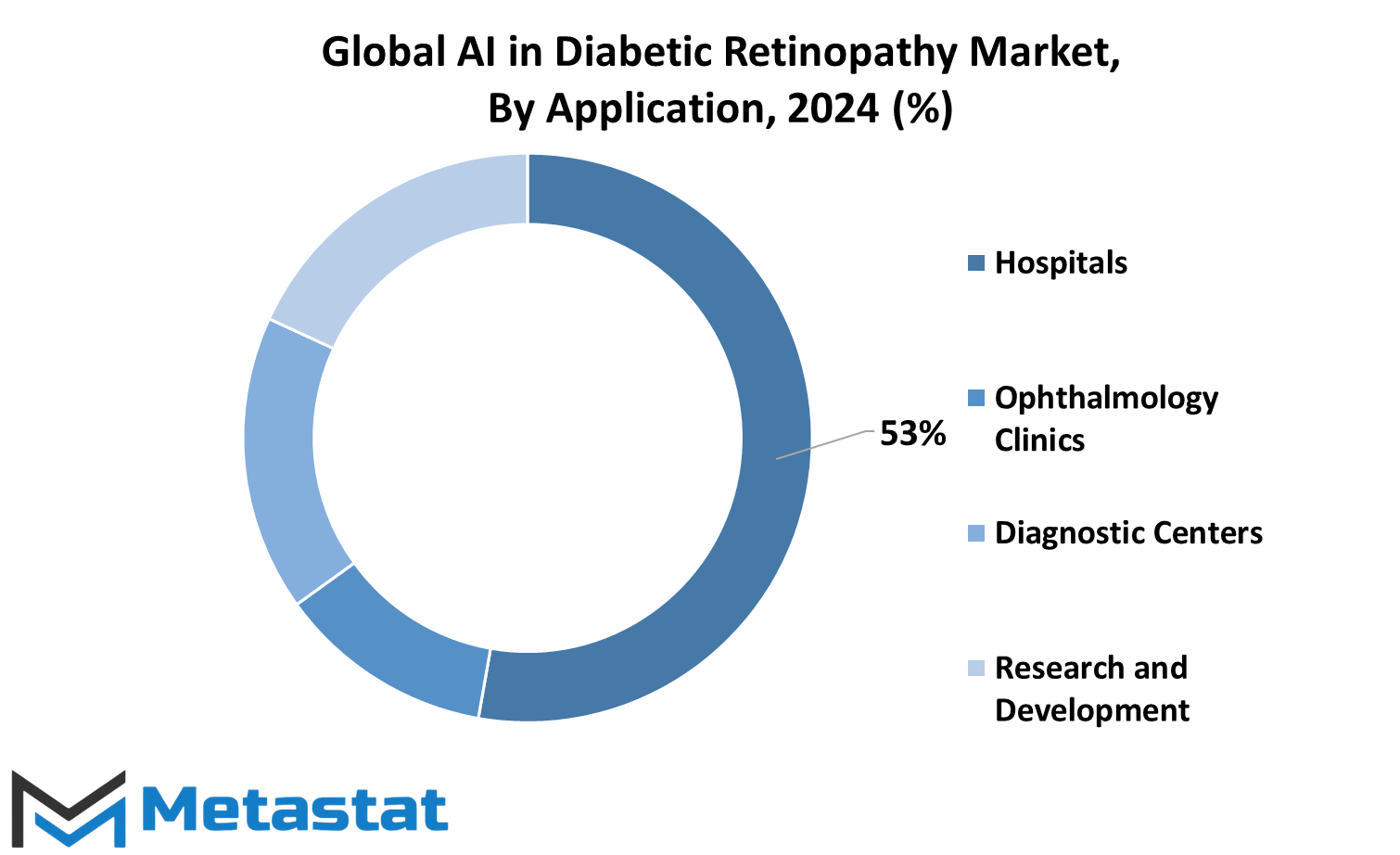
REGIONAL ANALYSIS
The examination of the Global AI in Diabetic Retinopathy market brings forth insightful regional analyses that shed light on the varying dynamics across different geographical areas. It is imperative to comprehend the distinct nuances impacting the adoption and growth of AI technology in the diagnosis of diabetic retinopathy within diverse regions.
In North America, the integration of AI in diabetic retinopathy detection has gained significant traction. The region's advanced healthcare infrastructure and the proactive approach towards technological innovations contribute to the widespread acceptance of AI solutions. Healthcare providers are increasingly recognizing the potential of AI in enhancing the accuracy and efficiency of diabetic retinopathy diagnosis, thereby improving patient outcomes.
Moving towards Europe, a similar trend is observable, albeit with some unique factors at play. The cultural diversity and varying healthcare systems across European countries influence the pace and pattern of AI adoption. Despite this diversity, there is a shared recognition of the benefits offered by AI in diagnosing diabetic retinopathy, leading to a steady uptake across the continent.
Asia-Pacific, with its vast and diverse population, presents a mixed landscape for AI in diabetic retinopathy. Countries with robust healthcare infrastructures, such as Japan and South Korea, exhibit a rapid embrace of AI technologies. In contrast, developing nations may face challenges related to accessibility and affordability, impacting the widespread integration of AI solutions. Nonetheless, the growing awareness and initiatives to address healthcare disparities are gradually fostering the adoption of AI in the region.
The Latin American region reflects a dynamic scenario where economic factors and varying healthcare access contribute to the heterogeneous adoption of AI in diabetic retinopathy diagnosis. Countries with burgeoning economies are witnessing a faster integration of AI solutions, while others may face barriers related to funding and awareness.
In the Middle East and Africa, the adoption of AI in diabetic retinopathy is influenced by a combination of factors such as economic development, healthcare infrastructure, and awareness. The region is witnessing a gradual shift towards embracing advanced technologies in healthcare, with AI playing a pivotal role in enhancing diagnostic capabilities.
The regional analysis of the Global AI in Diabetic Retinopathy market unveils a multifaceted landscape shaped by diverse factors. The varying degrees of adoption across regions underscore the importance of considering local dynamics and challenges in the global deployment of AI solutions for diabetic retinopathy diagnosis. As technology continues to advance, the collaboration between regions in sharing best practices and addressing common challenges will likely play a crucial role in the widespread integration of AI in combating diabetic retinopathy on a global scale.
COMPETITIVE PLAYERS
The landscape of the AI in Diabetic Retinopathy market is shaped by a variety of influential players. Among the key participants in this industry are Google LLC and Topcon Corporation. These companies play a crucial role in driving advancements and innovations in the field.
Google LLC, a giant in the tech industry, brings its expertise to the table, contributing to the development of AI solutions for Diabetic Retinopathy. The company's involvement underscores the significance of leveraging cutting-edge technology to address healthcare challenges, particularly in the domain of eye health.
However, Topcon Corporation is also a notable player in the AI in Diabetic Retinopathy market. With a focus on precision measurement and healthcare solutions, Topcon Corporation brings its technological prowess to bear on the challenges associated with diabetic eye diseases. The company's participation in this sector signifies the intersection of healthcare and technology, showcasing collaborative efforts to enhance diagnostics and treatment methodologies.
The competition among these key players injects vitality into the AI in Diabetic Retinopathy market. Their contributions go beyond mere market presence; they actively shape the trajectory of developments in the industry. This competitive dynamic fosters an environment where continuous improvement and innovation become essential to stay at the forefront.
The global AI in Diabetic Retinopathy market is marked by the active participation of influential players, such as Google LLC and Topcon Corporation. Their contributions underscore the pivotal role of technology in addressing healthcare challenges, particularly in the context of diabetic eye diseases. The interplay between these key players creates a dynamic landscape, propelling advancements that benefit both the industry and, ultimately, the individuals affected by diabetic retinopathy.
AI in Diabetic Retinopathy Market Key Segments:
By Type
- Screening AI Systems
- Diagnostic AI Systems
- Predictive AI Models
By Application Segment
- Hospitals
- Ophthalmology Clinics
- Diagnostic Centers
- Research and Development
Key Global AI in Diabetic Retinopathy Industry Players
- Google LLC
- Topcon Corporation
- Carl Zeiss Meditec AG
- NVIDIA Corporation
- Eyenuk, Inc
- RetinAI Medical AG
- iCare
- Heidelberg Engineering GmbH
- Nidek Co., Ltd
- Optos plc
- Digital Diagnostics Inc.
- RetinaLyze System A/S
- Visionix USA
- Toku Eyes
- Synapxe Pte Ltd
WHAT REPORT PROVIDES
- Full in-depth analysis of the parent Industry
- Important changes in market and its dynamics
- Segmentation details of the market
- Former, on-going, and projected market analysis in terms of volume and value
- Assessment of niche industry developments
- Market share analysis
- Key strategies of major players
- Emerging segments and regional growth potential



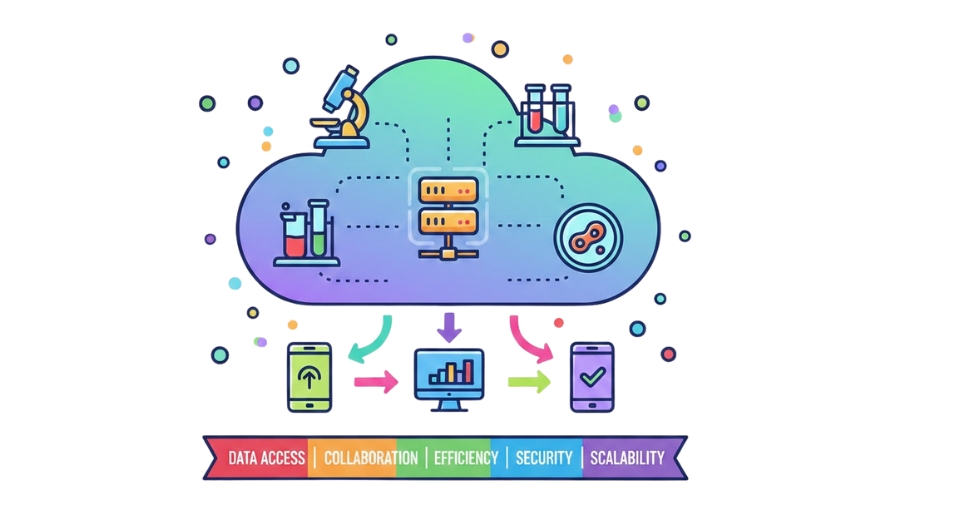
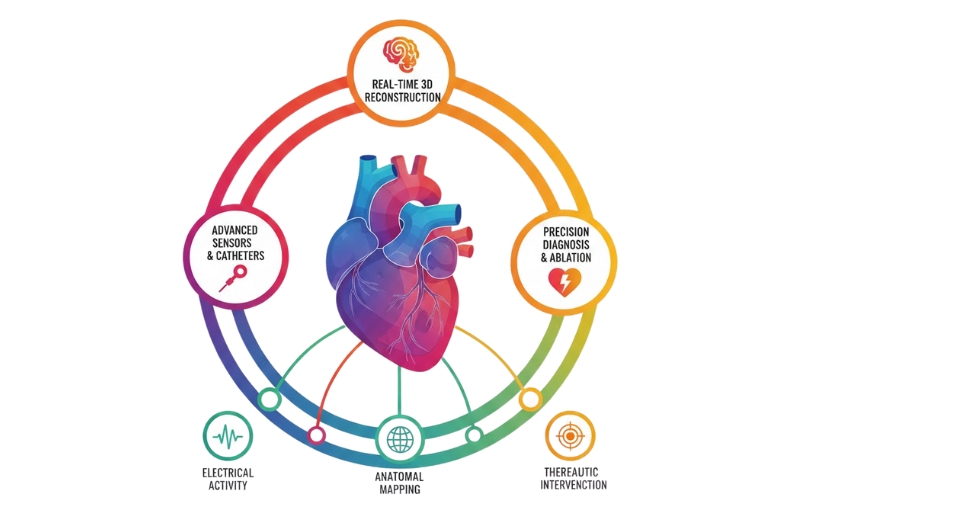
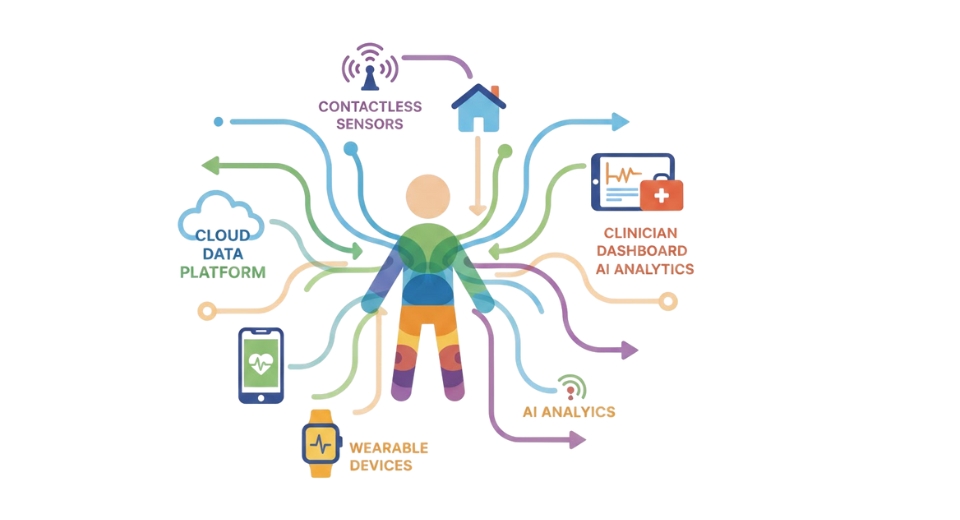
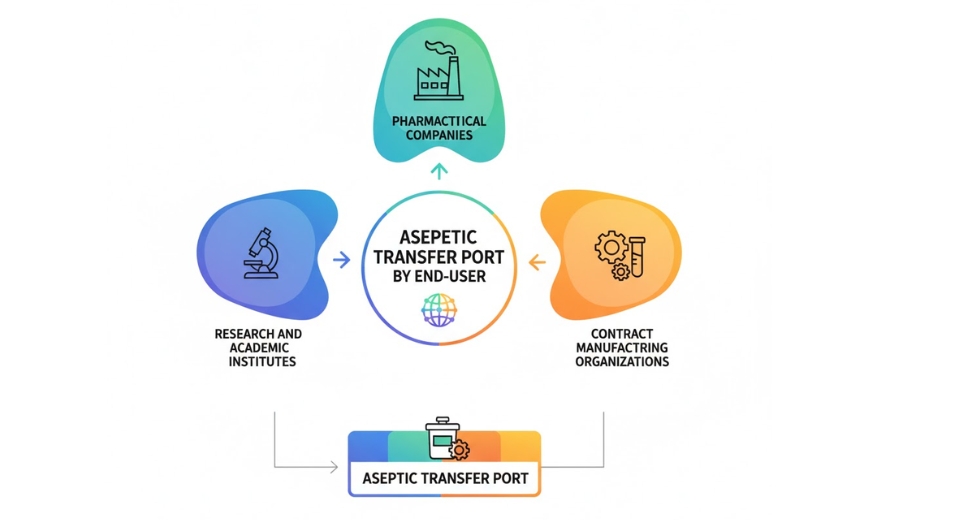

 US: +1 3023308252
US: +1 3023308252






